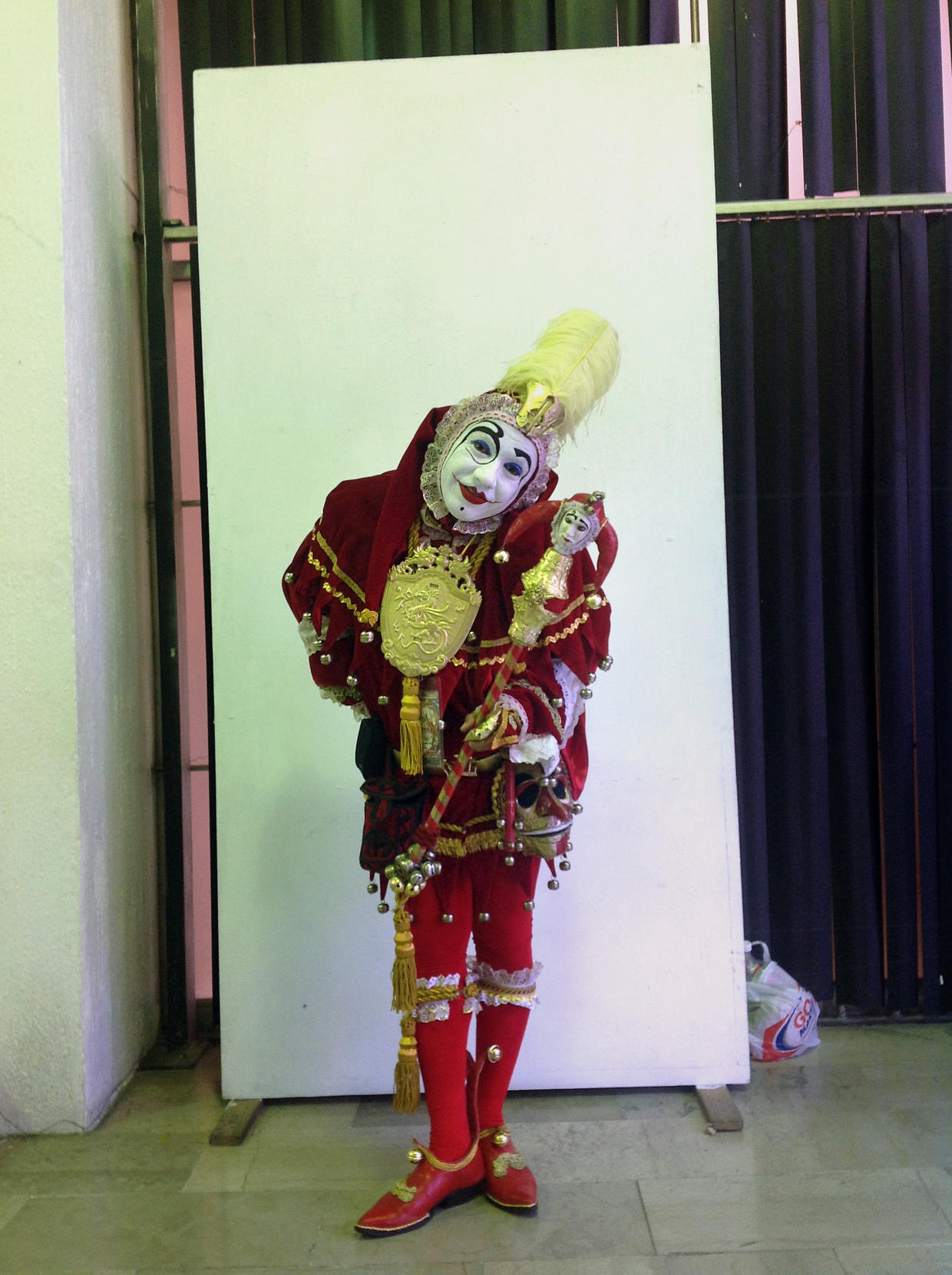A Linguistic Odyssey: Unraveling the Etymology of “Clown”
“Clown,” an enigmatic figure synonymous with laughter, mirth, and occasionally trepidation, has a linguistic history as intriguing as its stage persona. The word’s etymological origins trace back to the Old Norse word “klunni,” meaning “clumsy” or “awkward.” This association alludes to the clown’s characteristic physical comedy, often involving exaggerated movements and mishaps. Over time, the word evolved into the Middle English “cloun,” which eventually found its way into modern English as “clown.”

Image: www.cbsnews.com
A Cultural Kaleidoscope: The Clown Across Languages
The clown, a universal symbol of entertainment, has taken on diverse forms and names across different cultures and languages. In Spanish, the word for “clown” is “payaso,” derived from the Italian word “pagliaccio,” meaning “fool” or “jester.” This linguistic connection reflects the shared heritage of European comedic traditions, where clowns played a central role in popular entertainment.
The Many Faces of “Payaso”: A Semantic Exploration
“Payaso” encompasses a wide range of meanings and connotations in Spanish-speaking cultures. It can refer to traditional circus clowns with painted faces and colorful costumes, but it can also extend to broader contexts. For example, “payaso” can describe someone who acts foolishly or clumsily, similar to the English usage of “clown.”
Unveiling the “Payasada”: A Journey into Clownish Behavior
The Spanish word “payasada” captures the essence of clownish behavior, encompassing actions that are both amusing and potentially embarrassing. It can refer to practical jokes, silly stunts, or any other form of playful tomfoolery. The nuance of “payasada” lies in its lighthearted and often harmless nature, unlike its English counterpart “clownishness,” which can sometimes carry a negative connotation.

Image: www.etsy.com
Tips for Mastering the Art of “Payasadas”
- Embrace the Unexpected: Step out of your comfort zone and allow yourself to engage in unexpected or quirky behavior.
- Find Your Inner Child: Tap into the playful and carefree spirit of a child, experimenting with silly actions and finding joy in the absurd.
Frequent Queries: Illuminating the Path to “Payaso” Proficiency
Q: How do you say “funny clown” in Spanish?
A: Payaso divertido
Q: What is the Spanish term for “clown car”?
A: Coche de payasos or Cochesito de payasos
Q: Is there a feminine form of “payaso”?
A: Yes, “payasa”
How To Say Clown In Spanish
https://youtube.com/watch?v=clKKxcAHRp0
Conclusion: A Call to Embrace the Inner Clown
Exploring the nuances of “clown” in Spanish has revealed the intricate tapestry of linguistic and cultural connections that shape our understanding of this enigmatic figure. From its etymological roots to its diverse manifestations across languages, the clown represents a universal symbol of humor, playfulness, and the absurdity of human existence. So, the next time you find yourself pondering “How do you say ‘clown’ in Spanish?,” remember the linguistic journey that has brought this word to life and embrace the spirit of “payasada.” Let us all strive to cultivate our inner clowns, spreading laughter, joy, and a touch of the unexpected wherever we go.